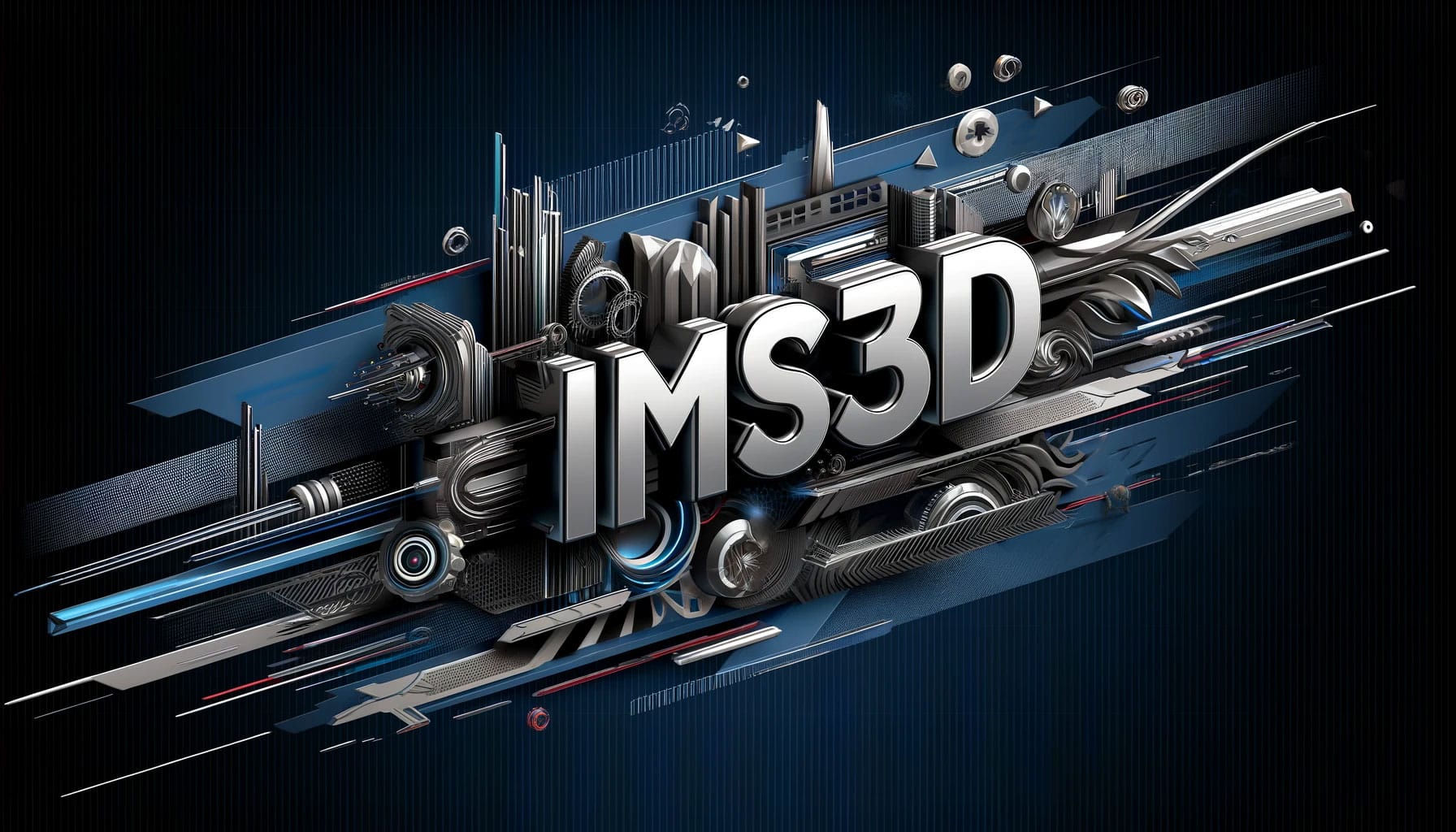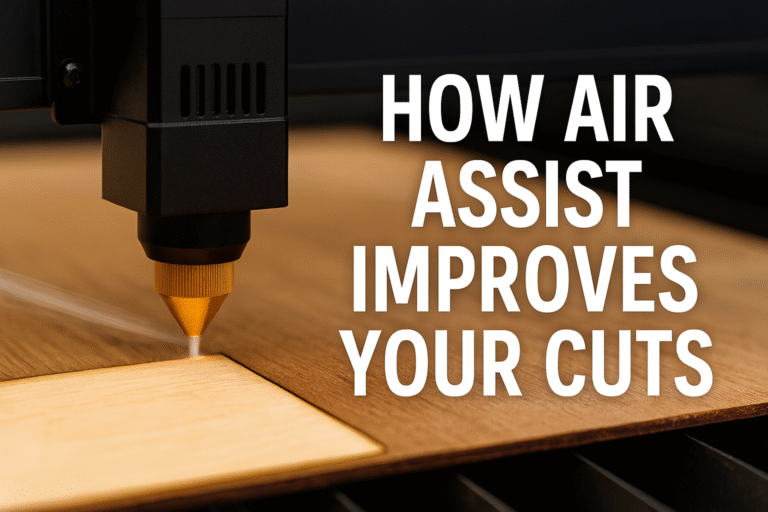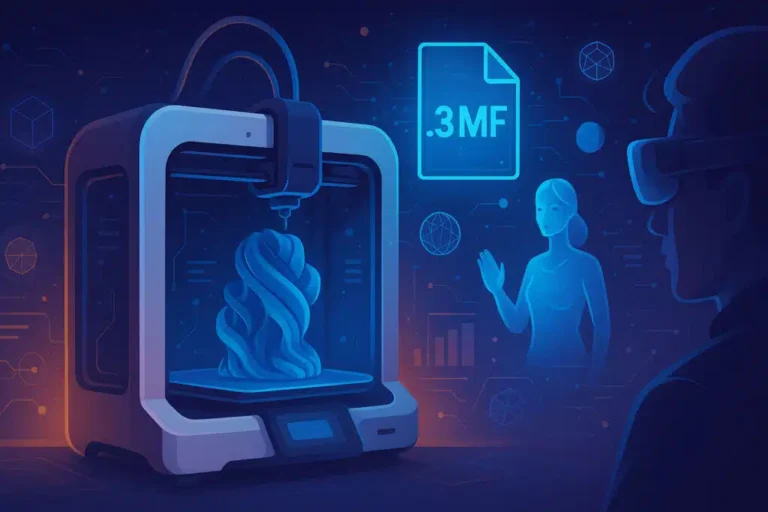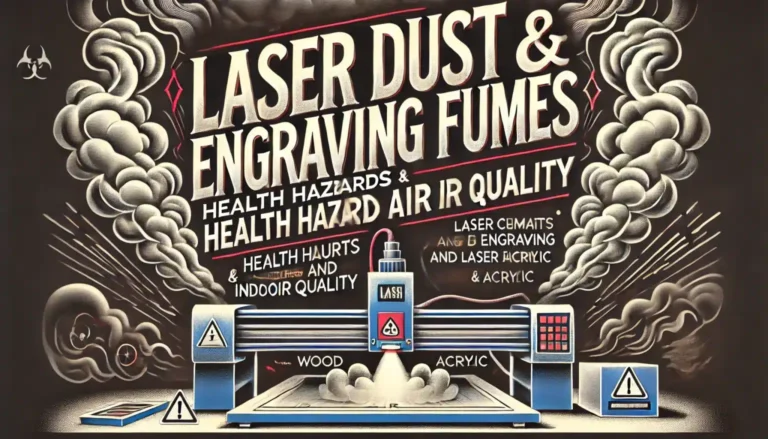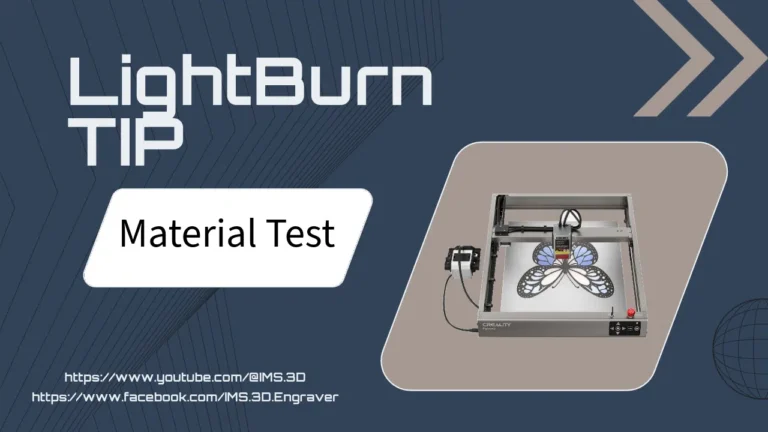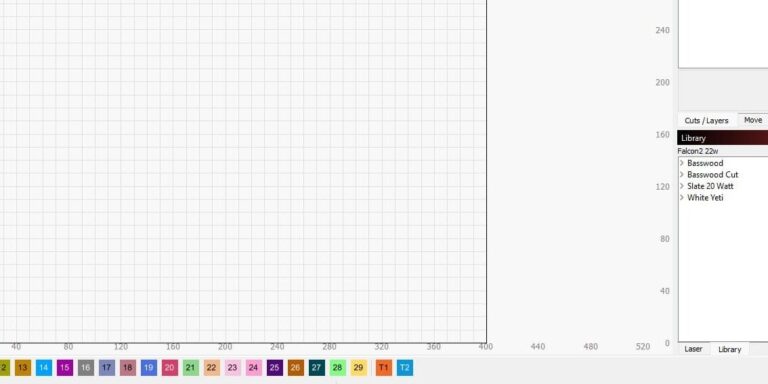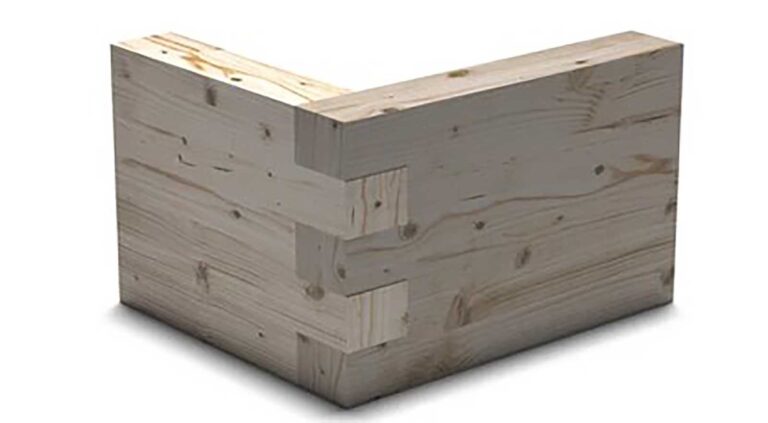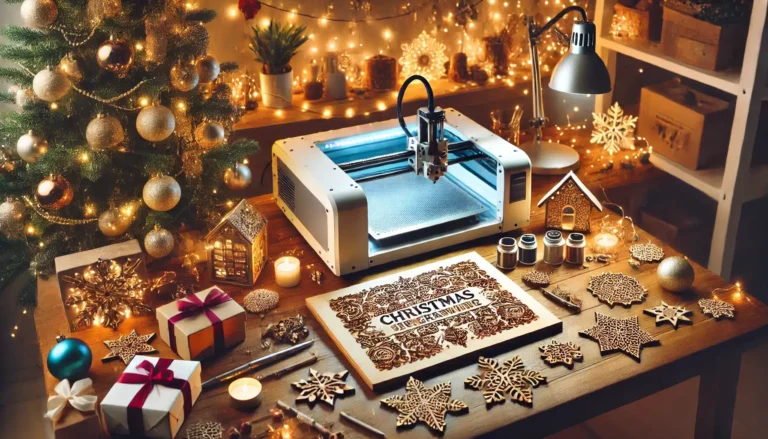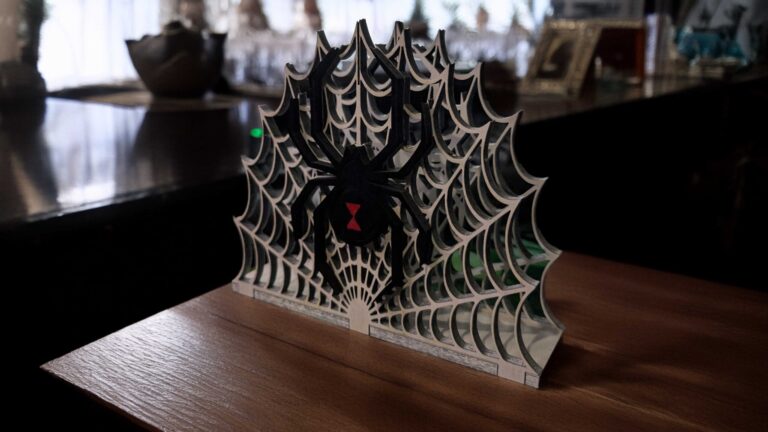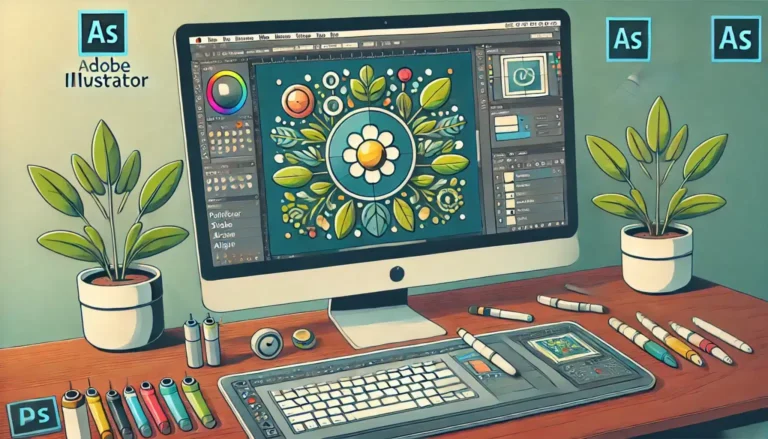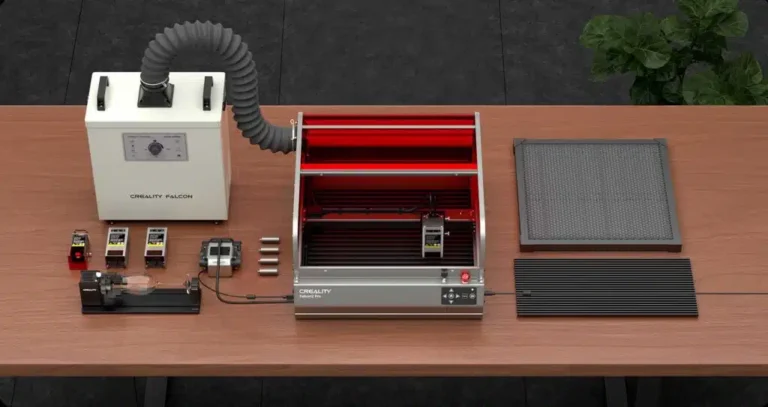Have you ever completed a 3D print, only to find that it didn’t come out quite right? Maybe it was too brittle, didn’t have the right finish, or just didn’t meet your expectations. If so, you’re not alone. Many 3D printing enthusiasts have faced the same frustrations, and more often than not, the root cause lies in choosing the wrong filament.
Choosing the right filament is crucial to achieving the results you want from your 3D printer. With so many types of filaments available—each with its own unique properties, strengths, and weaknesses—it’s easy to feel overwhelmed. But don’t worry; I’m here to help.
In this blog, you’ll learn about the different types of 3D printing filaments, including their materials, uses, and the pros and cons of each. By the end, you’ll have a clearer idea of which filament is best suited for your next project, saving you time, money, and a lot of frustration.
PLA (Polylactic Acid): The Go-To Filament for Beginners
Material Overview: PLA, or Polylactic Acid, is one of the most popular filaments in the 3D printing community, particularly among beginners. Made from renewable resources like cornstarch and sugarcane, PLA is biodegradable, making it an environmentally friendly option.
Uses: PLA is ideal for a wide range of applications, from prototypes and models to decorative items and educational tools. Its ease of use and versatility make it a favourite for hobbyists and those new to 3D printing.
Pros:
- Ease of Use: PLA is very user-friendly, requiring lower printing temperatures and no heated bed, which reduces the chances of warping.
- Environmentally Friendly: As a biodegradable plastic, PLA is a more sustainable choice compared to other filaments like ABS.
- Good Detail and Finish: PLA prints tend to have a smooth finish with minimal warping, making it great for aesthetic prints.
- Low Odour: PLA emits a mild, sweet smell during printing, which is less harsh than other plastics.
Cons:
- Brittleness: PLA is more brittle than other filaments like ABS or PETG, making it less suitable for functional parts that require durability.
- Heat Sensitivity: PLA has a lower heat resistance, meaning it can deform if exposed to high temperatures.
- Limited Post-Processing: While PLA can be sanded and painted, it doesn’t respond as well to post-processing techniques as some other filaments.
ABS (Acrylonitrile Butadiene Styrene): Strong but Challenging
Material Overview: ABS, or Acrylonitrile Butadiene Styrene, is a petroleum-based plastic known for its strength and durability. It’s a popular choice in the automotive and toy industries, with LEGO bricks being a well-known example of ABS material.
Uses: ABS is ideal for functional parts that require toughness and impact resistance, such as enclosures, tools, and automotive components. It’s also commonly used in professional prototyping.
Pros:
- Strength and Durability: ABS is significantly stronger and more durable than PLA, making it a good choice for parts that need to withstand stress or impact.
- Heat Resistance: ABS has a higher melting point, which means it can withstand higher temperatures without deforming.
- Versatile Post-Processing: ABS can be easily sanded, painted, and glued, and it responds well to acetone vapor smoothing, which can give your prints a glossy finish.
Cons:
- Warping: ABS has a tendency to warp during printing, especially on larger prints. A heated bed and proper ventilation are essential to mitigate this issue.
- Odour: ABS emits strong fumes when heated, which can be unpleasant and potentially harmful without proper ventilation.
- Printing Difficulty: ABS requires higher printing temperatures and careful calibration, making it more challenging for beginners to use successfully.
PETG (Polyethylene Terephthalate Glycol): The Perfect Middle Ground
Material Overview: PETG, or Polyethylene Terephthalate Glycol, is a popular filament that combines the ease of use of PLA with the durability and strength of ABS. It’s a modified version of PET (the plastic commonly used in water bottles), with the addition of glycol to make it less brittle and easier to print.
Uses: PETG is highly versatile, making it suitable for a wide range of applications, including mechanical parts, containers, and protective covers. It’s also a good choice for functional prototypes that require strength and flexibility.
Pros:
- Strength and Flexibility: PETG is strong like ABS but also has some flexibility, which makes it less prone to cracking under stress.
- Chemical Resistance: PETG is resistant to water, acids, and alkalis, making it ideal for containers and parts exposed to chemicals.
- Easy to Print: PETG is easier to print than ABS, with minimal warping and good layer adhesion. It also doesn’t require a heated chamber, although a heated bed is recommended.
- Clarity: PETG can be printed with a transparent finish, which is great for aesthetic parts that require a clear or glossy look.
Cons:
- Stringing: PETG is prone to stringing, which can leave fine, hair-like strands between parts of your print. Careful tuning of retraction settings is necessary to minimize this.
- Less Rigid: While PETG is flexible, it’s also less rigid than ABS, which might not be ideal for parts that need to maintain a strict form.
- Surface Finish: PETG can sometimes have a glossy surface that might not be suitable for all applications, especially if a matte finish is desired.
TPU (Thermoplastic Polyurethane): Flexibility and Durability Combined
Material Overview: TPU, or Thermoplastic Polyurethane, is a flexible filament known for its rubber-like elasticity. It’s a form of polyurethane that can be stretched and bent without losing its original shape, making it ideal for applications that require flexibility and durability.
Uses: TPU is commonly used for parts that need to bend, stretch, or absorb shock. This includes phone cases, tyres for RC cars, gaskets, seals, and wearable items. It’s also popular for printing custom grips and soft-touch components.
Pros:
- Flexibility: TPU’s main advantage is its high elasticity, which allows it to return to its original shape after being stretched or compressed.
- Durability: Despite its flexibility, TPU is also durable and resistant to abrasion, making it suitable for parts that will endure wear and tear.
- Chemical Resistance: TPU resists oils, greases, and many chemicals, making it ideal for industrial applications.
- Good Layer Adhesion: TPU typically has excellent layer adhesion, which helps prevent prints from delaminating.
Cons:
- Difficult to Print: TPU can be challenging to print due to its flexibility, which can cause issues like filament jams in the extruder. Slow print speeds and direct drive extruders are often recommended.
- Lower Print Speed: TPU requires slower print speeds, which can make the printing process longer compared to more rigid filaments.
- Stringing and Oozing: TPU is prone to stringing and oozing, so precise retraction settings are crucial for achieving clean prints.
Nylon: Tough but Tricky to Use
Material Overview: Nylon is a strong, durable, and flexible filament that is well-regarded for its toughness and impact resistance. It’s commonly used in industrial applications and is known for its high strength-to-weight ratio. Nylon is also hygroscopic, meaning it readily absorbs moisture from the air, which can affect its printability.
Uses: Nylon is ideal for functional parts that need to withstand mechanical stress, such as gears, hinges, and mechanical tools. It’s also a popular choice for printing strong, flexible components like straps and fasteners.
Pros:
- Strength and Durability: Nylon is one of the strongest 3D printing filaments available, making it perfect for parts that require both strength and flexibility.
- Flexibility: Nylon is not as rigid as other filaments, which gives it a good amount of flexibility without compromising strength.
- Wear Resistance: Nylon’s durability makes it highly resistant to wear and tear, ideal for parts that will experience repeated movement or friction.
- Low Friction: Nylon has a naturally low coefficient of friction, making it suitable for parts like gears and bearings.
Cons:
- Moisture Sensitivity: Nylon is highly hygroscopic, absorbing moisture from the air, which can lead to poor print quality if not properly dried before use. It requires careful storage in a dry, sealed container.
- Printing Difficulty: Nylon is more difficult to print than other filaments, requiring high temperatures and a heated bed to avoid warping.
- Post-Processing Challenges: Due to its strength and flexibility, Nylon can be difficult to sand and finish, making post-processing more challenging.
Specialty Filaments: Wood, Metal, and Carbon Fibre
Material Overview: Specialty filaments are a category of 3D printing materials that blend standard plastics with other substances like wood, metal, or carbon fibre. These filaments are designed to provide unique properties or aesthetics that standard filaments can’t offer, allowing for more creative and functional prints.
Uses: Specialty filaments are used for a wide range of purposes, from artistic and decorative items to functional parts that require specific mechanical properties. They’re popular among makers looking to create prints that mimic the look and feel of wood or metal or require enhanced strength and durability.
Pros and Cons:
Wood-Filled Filament:
- Pros: Wood-filled filaments contain a mixture of PLA and wood fibres, giving prints a realistic wood-like appearance and texture. They can be sanded, stained, or painted to achieve various finishes, making them ideal for decorative items like sculptures, furniture prototypes, and household items.
- Cons: Wood-filled filaments can be abrasive to printer nozzles, leading to wear over time. They also require careful temperature control to avoid burning the wood fibres, which can cause clogging and inconsistent prints.
Metal-Filled Filament:
- Pros: Metal-filled filaments are typically PLA-based and infused with fine metal powders, providing a metallic finish and weight to prints. These are great for creating jewellery, decorative items, and parts that benefit from a metallic look or increased weight.
- Cons: Metal-filled filaments are heavier and more abrasive than standard PLA, which can cause faster wear on nozzles and extruders. Prints with metal filament can be prone to brittleness and may require polishing to achieve a smooth finish.
Carbon Fibre-Filled Filament:
- Pros: Carbon fibre-filled filaments are usually based on materials like PLA or Nylon, mixed with short carbon fibres. This combination results in prints that are incredibly strong, stiff, and lightweight, making them perfect for structural components, drone parts, and other high-performance applications.
- Cons: The carbon fibres in these filaments are highly abrasive, requiring hardened steel nozzles to prevent excessive wear. Additionally, carbon fibre-filled filaments can be more difficult to print due to their rigidity, which can lead to nozzle clogs if not properly managed.
Conclusion: Matching the Right Filament to Your Project
Choosing the right filament is essential for successful 3D printing. Whether you’re a beginner working with PLA, a professional using ABS, or an innovator experimenting with specialty filaments, understanding the properties, uses, and challenges of each material will help you achieve the best results. By selecting the filament that aligns with your project’s needs, you can ensure that your prints are strong, durable, and visually appealing.
